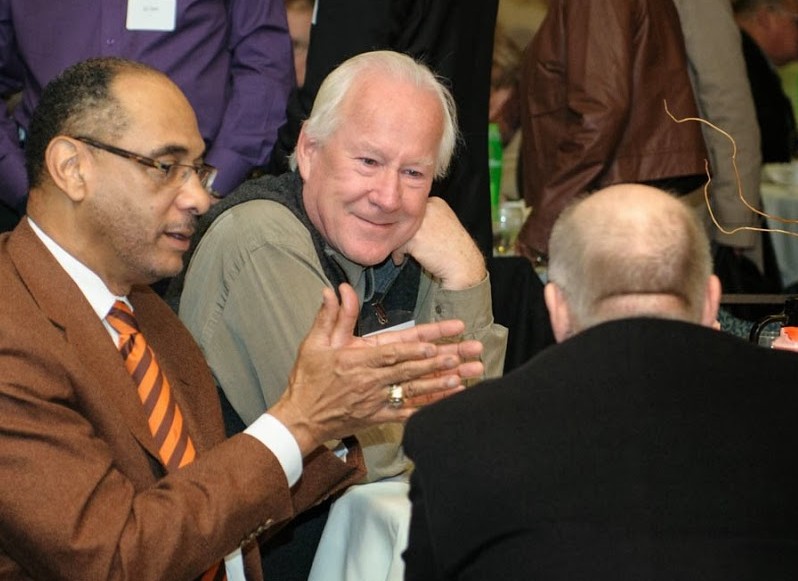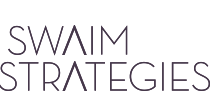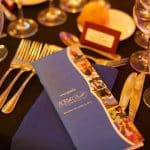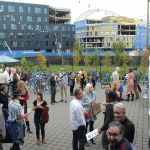Use Donor Acquisition Events Effectively
Effective use of a donor acquisition event in your development plan can lead to effective introductions to a new donor pool and a great way to spread the word about your organization. The primary purpose of this type of event is introduction. The structure is relatively simple. The event is free, the program for the event should be rich with stories and the ask should be structured as a low-level way to get new people involved.
The fundraising goals will be tailored differently than a major donor fundraising event, as it isn’t catering to your cultivated pool of donors. Instead, your development team ends up with a list of new contacts that they can then begin to cultivate by bringing them into the work of the organization and stewarding them as donors. It’s like bringing in a new crop to the first rung of the donor ladder and then helping them climb by spending time with them to get them more invested in your organization and feel compelled to give more significantly.
Community Action’s annual People You Should Know Breakfast is a great example of this type of event in action. This year 300 people came to the Oregon Zoo to hear about the work of Community Action. The cultivation of attendees started with table hosts who were targeted by Community Action because of their connection to the organization. These hosts were asked to come to the event and commit to filling a table with guests to introduce to the organization.

Table hosts filled tables with guests they wanted to introduce to the organization.
The program of the breakfast was a series of videos that showcased the stories of staff and clients of the organization, the cumulative effect of which was to paint a rich and heart-driven picture of the important work that the organization does to lead the way to eliminate conditions of poverty and create opportunities for people and communities to thrive in Washington County. It was a tight, scripted program with a focus on a dynamic introduction of the organization to new potential supporters.
The ask was one compelling story of change that Community Action had helped facilitate and instead of envelopes being pre-placed at the table settings, the envelopes were actively passed to the table hosts after the ask, and the table hosts passed them to their guests and engaged them to give. A challenge gift by a major donor helped incentivize the giving and the result was increased fundraising and acquisition of a new donor base.






